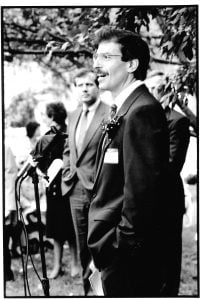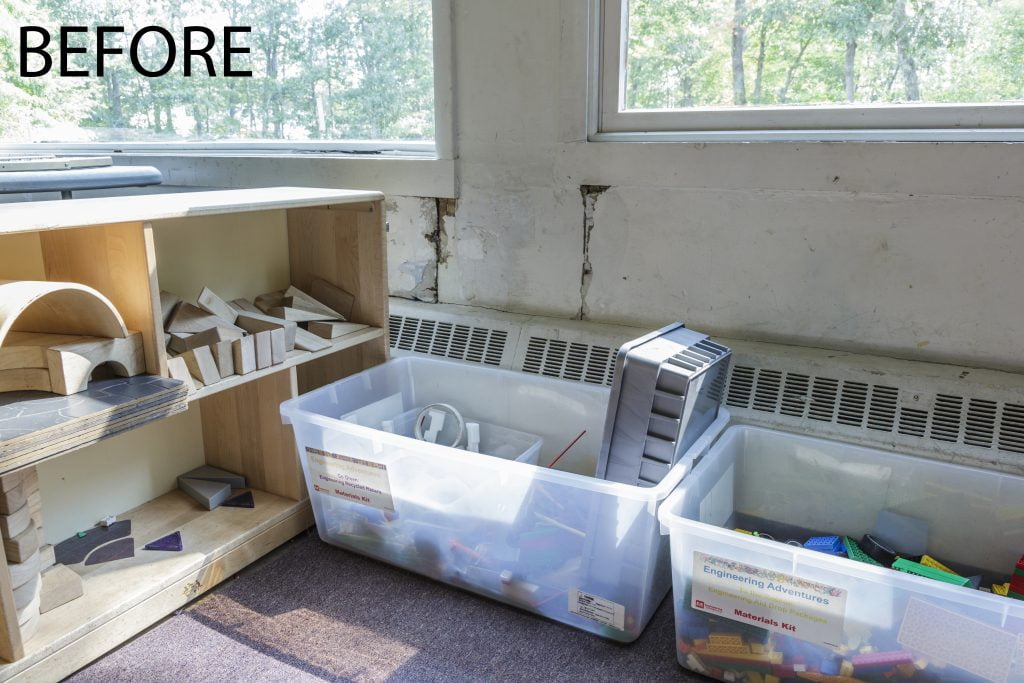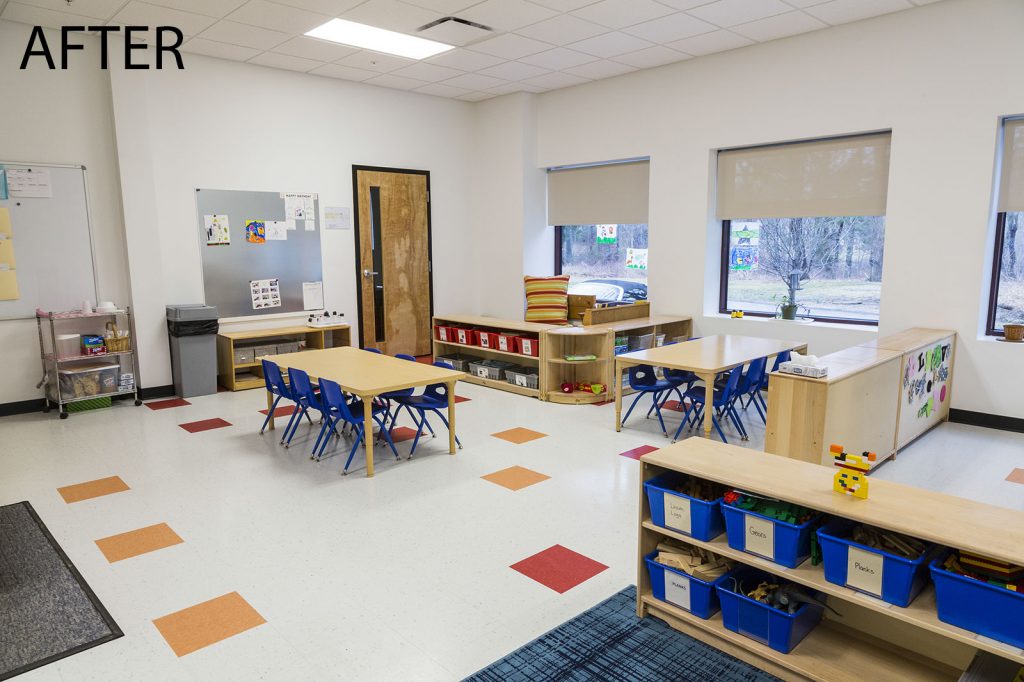Massachusetts is recognized nationwide for our leadership and innovation in affordable housing and community development. We have built a strong infrastructure for financing, developing and preserving affordable housing – CEDAC plays an important institutional role in making sure that community based developers have the early stage financing they need to make their projects a reality.
We are of course only one of the many organizations that help Massachusetts cities and towns strengthen their communities. A number of partner organizations are celebrating milestone anniversaries this year, and over the next few months, we want to highlight the accomplishments of a few whose impact has been felt statewide, as well as their importance to the Commonwealth’s much-lauded affordable housing system. This week, we will focus on the Citizens’ Housing and Planning Association (CHAPA).
Fight for Affordable Housing
CHAPA came into existence as the private affordable housing sector itself was just beginning to form. Originally established in late 1966, CHAPA envisioned itself as a “citizen lobby to represent the broad range of issues and constituencies concerned with housing,” according to the organization’s 25th anniversary annual report. Even today, CHAPA’s mission is “to encourage the production and preservation of housing that is affordable to low and moderate income families and individuals and to foster diverse and sustainable communities through planning and community development.”
In the half century since, CHAPA has been central to advocating for major legislative advances related to housing and community development in the Commonwealth of Massachusetts. The organization has continued to find ways to fight for affordable housing through fluctuations in support – and funding – at both the federal and state levels. And they continue to understand the changing nature – and face – of community development in Massachusetts.
Strengthening the Commonwealth’s Communities
CHAPA’s accomplishments are almost too many to name, so I am focusing on three significant achievements that would not have taken place without CHAPA’s dedication, support, and hard work – and most importantly, its advocacy:
- Housing Bond Programs – Through CHAPA’s creativity and advocacy, Massachusetts provides an array of capital subsidy programs designed to meet the needs of the diverse population and specifically targeted to extremely low income, disabled, elderly, veterans, or homeless families, to name a few. CEDAC works closely with DHCD to manage the supportive housing programs. In 1987, CHAPA helped to pass bond bill legislation that created the Housing Innovations Fund (HIF), the first state-funded supportive housing program. CEDAC administers the HIF program on behalf of the Massachusetts Department of Housing and Community Development (DHCD). HIF has been an important tool to produce units for special needs populations, with a special focus on formerly homeless families and individuals. In the 30 years since HIF’s creation, over $253 million of HIF funding has helped to finance the construction and-renovation of 13,514 units of family and individual rental housing, including a wide range of supportive housing options. The current Housing Bond Bill, which includes a reauthorization for the HIF program along with several other, important supportive housing programs, is currently being debated in the State House.
- Affordable Housing Preservation – CHAPA was instrumental in 2009 in ensuring that the Massachusetts legislature pass Chapter 40T to help preserve affordable housing. It took many years and committed leadership that resulted in M.G.L. Chapter 40T – which establishes public notification provisions for tenants and state and local officials, a right of offer and right of first refusal for DHCD or its designee to purchase publicly-assisted housing, and modest tenant protections for projects with affordability restrictions that terminate – has helped Massachusetts preserve more than 25,000 units of affordable rental housing over the past eight years.
- Child Care Facilities Financing – In 2013, with CHAPA’s support, Massachusetts became only the second state to make state bond financing available to improve the quality of early education and out-of-school time facilities serving low income communities – and we were the first to include it in a larger community development bond bill. In the four years since the Early Education and Out of School Time (EEOST) Capital Fund was launched, the Massachusetts Department of Early Education and Care (EEC) has awarded over $15 million to 21 non-profit early care providers across the Commonwealth. More than 2,000 children will be impacted, and nearly 450 new child care slots will be created. More than 360 construction jobs and more than 30 educator jobs are being generated… and there is more to come. CEDAC co-administers the EEOST Fund with EEC and our affiliated program, the Children’s Investment Fund.
On October 26th, CHAPA will celebrate its 50th anniversary at a dinner at the Boston Convention and Exhibition Center. There can be no doubt that CHAPA has been a vital source for advocacy around affordable housing and community development over the past half-century. We are looking forward to celebrating their golden anniversary with them at this special event and to continue our strong partnership moving forward.




